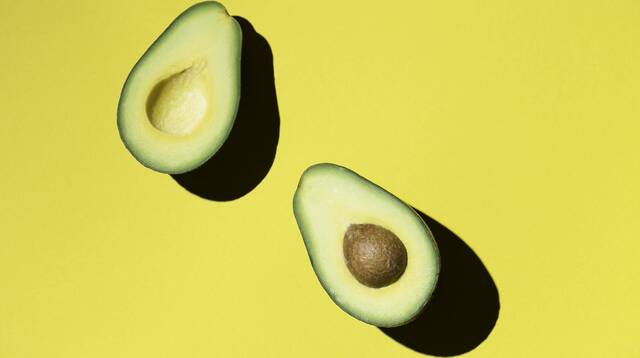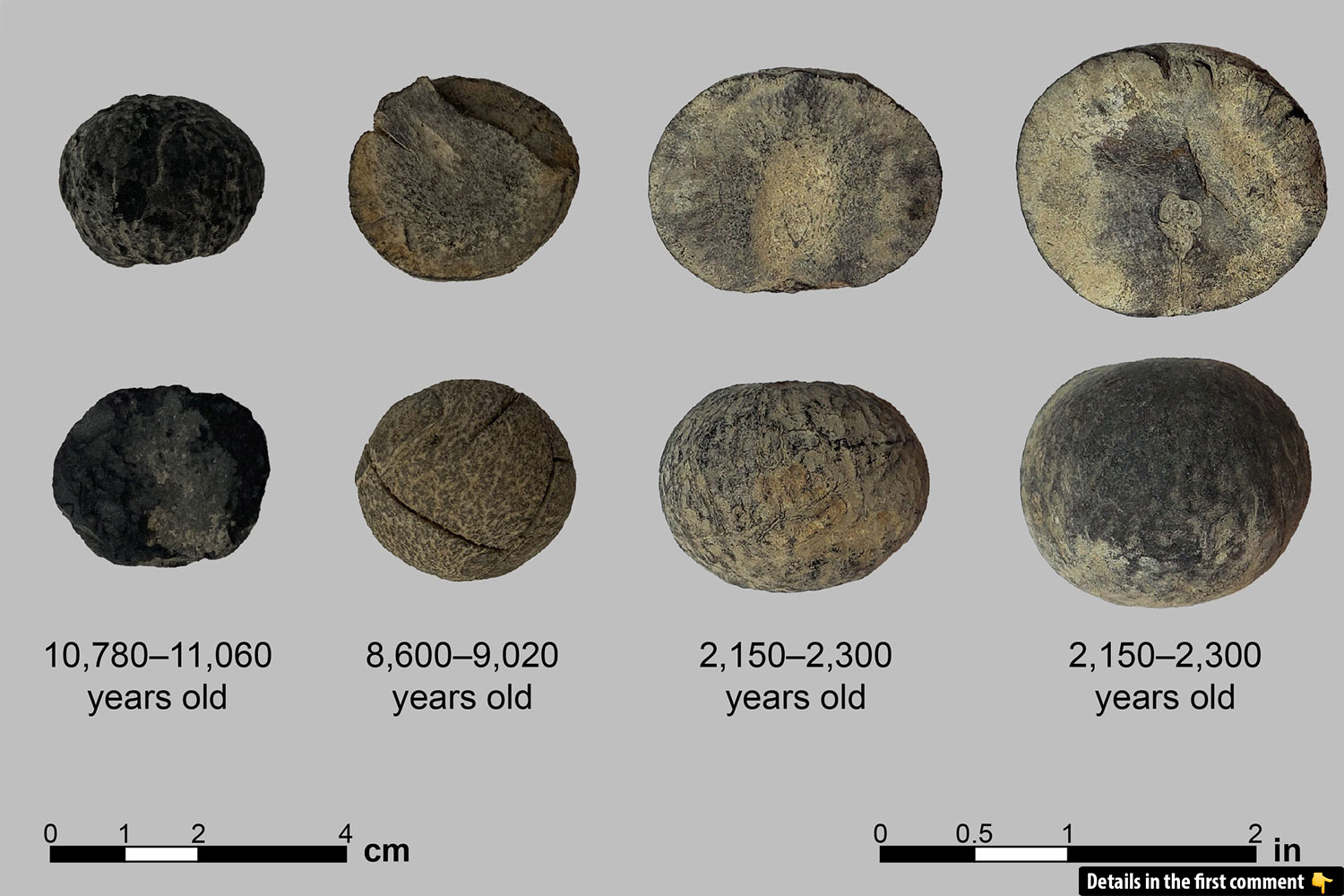In the modern world, the avocado is not just a trendy topping for toast or a beloved ingredient in a variety of dishes; it has become a staple in the global economy, with its cultivation generating billions of dollars annually. The creamy, nutrient-packed fruit is celebrated for its health benefits, versatility, and flavor. However, the origins of this superfood remain largely shrouded in mystery—until now. Recent research has unearthed fascinating insights into the history of avocado domestication, revealing a long and complex relationship between humans and this iconic fruit. What’s more, the lessons from ancient avocado farming offer critical lessons for the challenges posed by a changing climate today.
Uncovering the Ancient Roots of Avocado Domestication
Thanks to the groundbreaking research conducted by UC Santa Barbara anthropologists Amber VanDerwarker and Doug Kennett, we now have a clearer understanding of the avocado’s ancient origins. Their study, published in the Proceedings of the National Academy of Sciences, sheds light on how the avocado was cultivated and domesticated by ancient peoples of Central America. According to their findings, avocados were being actively farmed as far back as 11,000 years ago, with significant advancements in avocado cultivation taking place as early as 7,500 years ago.
What makes this discovery so remarkable is that it challenges previous assumptions about the timeline of agriculture in the region. While maize has long been considered the cornerstone of Mesoamerican agriculture, the research reveals that avocado farming predates the arrival of maize. This suggests that ancient societies in Central America were engaged in sophisticated tree cultivation long before maize became a central crop in their agricultural systems.
Video
Watch the video about the ancient origins of avocados, revealed through unearthed seeds and Incan mummies.
Ancient Farming Practices: The Role of Avocados in Mesoamerican Agriculture

The El Gigante Rockshelter in western Honduras played a pivotal role in this research, providing an important archaeological site for the study of ancient avocado remains. Through the analysis of desiccated and carbonized avocado pits, VanDerwarker and Kennett were able to trace the evolution of avocado cultivation in the region. Notably, they discovered that avocados were being tended as a food source by indigenous farmers even before the arrival of maize. This discovery completely alters our understanding of Mesoamerican agriculture, as it demonstrates that ancient populations were already practicing farming and cultivating tree crops before the advent of maize-based agriculture.
The work of these archaeologists reveals a new dimension of ancient food production in the Americas, one that highlights the significance of tree crops like the avocado. By understanding how these early agriculturalists tended to avocados, we can gain insight into the innovative farming practices that laid the foundation for more complex agricultural systems in the centuries that followed.
Evolution of the Avocado: Selection for Larger and Thicker Fruits
One of the most significant findings of the research is the evidence of intentional selection for larger and thicker-skinned avocados. Over thousands of years, indigenous farmers actively selected avocado plants that bore bigger fruits, which were not only more nutritious but also easier to transport. This selection process led to the domestication of a fruit that could be cultivated on a larger scale and used in a variety of ways. As a result, avocados became more productive, eventually evolving into the modern varieties we enjoy today.
This intentional selection for desirable traits mirrors similar practices seen in the domestication of other important crops, such as maize, wheat, and rice. The ancient farmers of Central America were not merely collecting wild fruits but were actively shaping the evolution of the avocado, making it a vital part of their agricultural landscape.
The increase in avocado pit sizes over time, from small and rugged seeds to larger, more uniform specimens, provides tangible evidence of the domestication process. The researchers’ work demonstrates how ancient human interaction with the avocado tree not only changed the fruit itself but also the ways in which it could be grown, harvested, and used in daily life.
The Implications of Ancient Domestication for Modern Agriculture
Today, avocados are a global commodity, with nearly 90% of the avocado market dominated by a single variety—the Hass avocado. While this variety has proven to be highly successful in terms of yield and consumer demand, there are growing concerns about the vulnerability of this monoculture to climate change, disease, and other environmental threats. The restricted gene pool of the Hass avocado means that the entire crop could be susceptible to new diseases or extreme weather events, such as droughts or heatwaves.

VanDerwarker and Kennett’s research offers an important lesson for modern agriculture: genetic diversity. By studying ancient avocado farming practices, we can see the importance of maintaining a diverse gene pool in crop cultivation. In contrast to the cloned populations of avocados grown today, ancient farmers used seedlings to propagate their crops, ensuring that genetic variation was preserved. This diversity, still present in relict populations of wild avocados across Mexico and Central America, could prove crucial in developing new varieties that are more resilient to the challenges posed by climate change.
In an era of increasing unpredictability in weather patterns, the lessons from ancient agricultural systems offer valuable insights. By reviving the practice of selecting avocados through seed propagation, we can develop varieties that are better suited to our changing environment and more resistant to diseases and pests. In the face of modern agricultural challenges, the genetic diversity found in ancient avocado populations could be key to ensuring the long-term sustainability of this beloved fruit.
Video
Watch the video of an avocado growing in water, showing 120 days in just 59 seconds.
Conclusion: Lessons from Ancient Avocado Farming for a Changing Climate
The research on ancient avocado cultivation not only illuminates the history of one of the world’s most popular fruits but also provides critical insights into the challenges facing modern agriculture. As climate change threatens food security and biodiversity worldwide, the study of ancient farming practices offers a blueprint for adapting crops to new conditions. By learning from the genetic diversity preserved in ancient avocado populations, we can better equip ourselves to face the challenges of a changing climate.
The story of avocado domestication is not just about the past; it’s a reminder of the innovative agricultural practices that allowed early societies to thrive and of the importance of preserving genetic diversity in today’s crops. The avocado’s journey from a wild fruit to a global economic powerhouse shows how human ingenuity can shape the natural world—and how ancient wisdom can guide us in the face of modern challenges.



